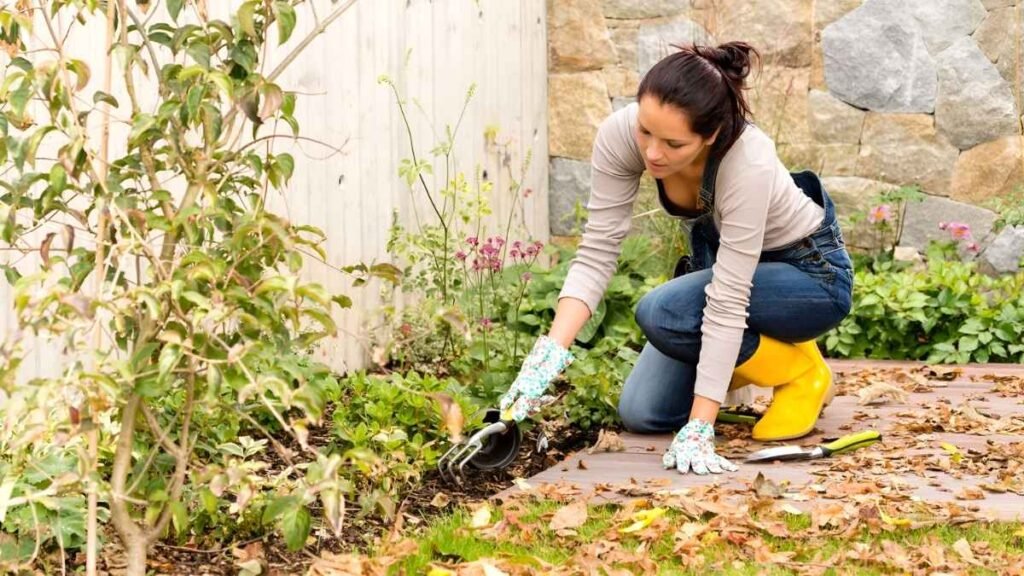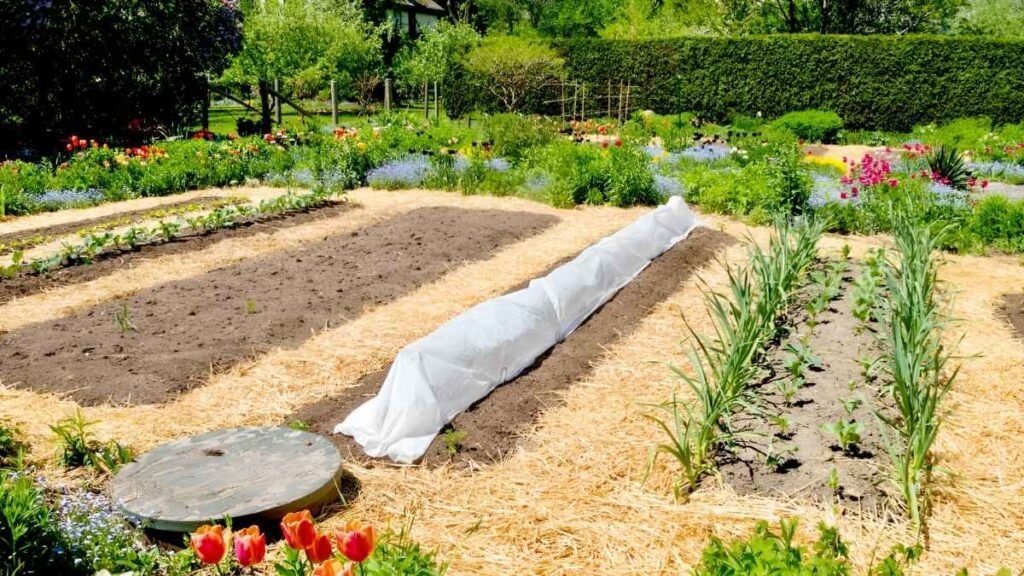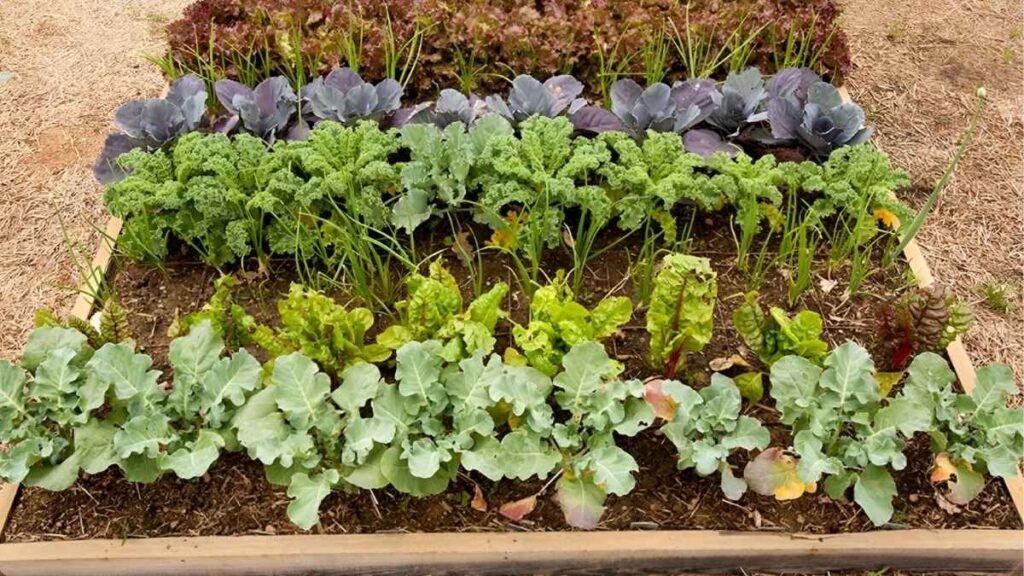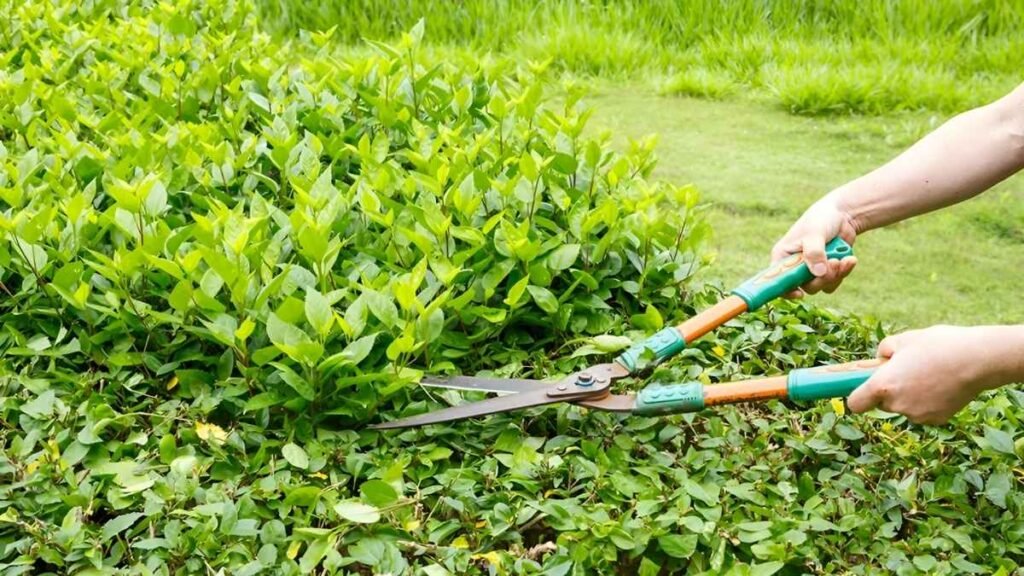October is a month of change in the garden. The crisp air, shorter days, and the promise of colder weather make it an important time to get your garden in shape for the coming winter. While many people think of gardening as a spring and summer activity, fall is actually one of the most crucial times to tend to your garden. In this post, we’ll explore why your garden needs attention in October and the top things to do to ensure it thrives year-round.
Prepare Your Garden for Winter
As the weather cools, it’s important to begin preparing your garden for the winter months. Fall is the best time to start cleaning up, mulching, and setting the stage for a successful growing season next spring. While you may not see much immediate growth, taking these steps now will give your garden a strong foundation when the warmer weather arrives.

- Remove dead plants: As annuals finish their growing season, take the time to clear away any dead or spent plants. This prevents pests and diseases from lingering over the winter. Be sure to compost healthy plant matter and discard any infected plants to keep your garden clean and disease-free.
- Cut back perennials: Some perennials benefit from being cut back before the first frost. Trim back any dead or damaged foliage to keep the plants healthy. However, leave certain plants, like ornamental grasses, for winter interest and to provide shelter for beneficial insects.
- Rake leaves: While fallen leaves can be a lovely addition to your garden’s appearance, they can also smother grass and other plants. Raking leaves will help prevent this, or you can leave them in garden beds as mulch to break down over the winter, enriching the soil.
Mulch Your Garden Beds
One of the most important things to do in October is mulch your garden beds. Mulch serves as insulation for your plants, protecting them from temperature fluctuations. It also helps retain soil moisture, suppresses weeds, and adds valuable organic matter to the soil as it breaks down.

- Use organic mulch: Shredded leaves, straw, bark, or wood chips make excellent mulching materials. Organic mulches decompose over time, adding nutrients to the soil and improving its structure.
- Apply mulch generously: Spread a thick layer of mulch—around 2 to 3 inches—around your plants and garden beds. This will help keep the soil at a consistent temperature, protecting roots from sudden frost or thawing.
Plant Fall Vegetables
October may seem like the end of the growing season, but there are still plenty of vegetables you can plant in the fall. If you live in a region with mild winters, you can grow cold-tolerant vegetables to harvest later in the year.

- Leafy greens: Lettuce, spinach, kale, and other leafy greens thrive in cool weather and can be sown in October for a winter harvest. These crops grow best when the weather is cool but not freezing, making them ideal for fall planting.
- Root vegetables: Carrots, radishes, and turnips are all great choices for planting in the fall. They can handle frost and often become sweeter after exposure to cooler temperatures.
- Garlic: October is the perfect time to plant garlic for a harvest next summer. Simply plant individual cloves a few inches deep and mulch well. Garlic requires a long growing season, and fall planting gives it the right head start.
If you’re not sure which vegetables are suitable for your area, check your local planting zone to determine the best crops for your climate.
Prune Trees and Shrubs
While heavy pruning is best done in late winter or early spring, October is a good time to do some light pruning to help prepare your trees and shrubs for the colder months. Pruning helps improve air circulation and removes any damaged or diseased branches that could become problematic over the winter.

- Remove dead or diseased wood: Cut back any dead or diseased branches to prevent them from spreading infection. Make sure to dispose of these prunings properly.
- Shape your shrubs: Lightly shape your shrubs to ensure they aren’t too top-heavy, which could cause them to topple in winter storms. Avoid cutting back too hard, as this could interfere with the plant’s natural growth cycle.
Remember to use clean, sharp pruning tools to avoid damaging the plants. Also, take care not to prune spring-blooming plants too much in the fall, as this could affect next season’s flowers.
Protect Sensitive Plants
As temperatures begin to dip, some plants may need extra protection to survive the coming winter. If you have tender plants or plants that are susceptible to frost damage, consider taking steps to shield them from the cold.

- Cover plants with frost cloth: For tender plants that can’t withstand the first frost, use frost cloth or row covers to protect them during the coldest nights. These materials allow air and light through while trapping warmth around the plant.
- Bring potted plants inside: If you have potted plants that are sensitive to cold, such as tropical plants, consider moving them indoors or into a sheltered area for the winter. Some plants may need a little extra light during the winter months, so a sunny windowsill or grow light can help them thrive.
- Use cloches or cold frames: For hardy plants that need some protection but not a full winter cover, cloches or cold frames are a great solution. These small structures trap heat and moisture, allowing plants to continue growing in colder weather.
Prepare Your Lawn for Winter
Your lawn requires care and attention in the fall to ensure it bounces back strong in the spring. Taking the right steps now will give your grass a healthy head start for the next growing season.
- Aerate your lawn: Lawn aeration helps alleviate soil compaction and allows water, air, and nutrients to reach the roots more easily. If your lawn is heavily used or has compacted soil, consider renting or purchasing an aerator to help improve its health.
- Fertilize with fall fertilizer: Applying a balanced fertilizer in October gives your lawn the nutrients it needs to survive the winter and grow strong in the spring. Look for a fertilizer with a higher potassium content, as this helps your grass withstand the cold.
- Seed your lawn: October is also the perfect time to overseed your lawn. If there are bare spots or areas that are thinning, spreading grass seed now will allow it to germinate before the first frost. The cooler temperatures and increased moisture make fall a great time for lawn seeding.
Protect Garden Tools and Equipment
October is also a time to take stock of your gardening tools and prepare them for the cold weather. Proper maintenance of your tools ensures they stay in good condition and are ready for use when spring rolls around again.
- Clean and sharpen tools: Take the time to clean dirt and debris off your tools. Sharpen blades and check handles for any damage. A well-maintained tool will make your work easier and last longer.
- Store tools properly: Store your tools in a dry, sheltered place to prevent rust and weather damage. If you use power equipment, such as lawnmowers or leaf blowers, clean them and empty any fuel before putting them away for the winter.
Final Thoughts
October is a time of transition in the garden, and it’s essential to give your plants the attention they need to prepare for winter. From mulching and pruning to planting fall vegetables and protecting sensitive plants, the tasks you tackle now will set the stage for a vibrant, healthy garden come spring. With a little care and preparation, you can ensure your garden continues to thrive through the colder months and beyond. So, grab your gloves, put on your gardening boots, and get to work—your garden will thank you!

